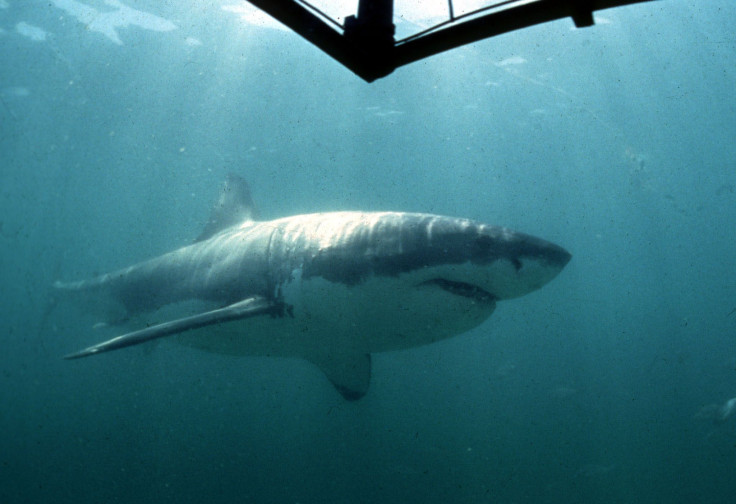Great White Sharks Disappear Into Mysterious Mid-Pacific 'Lair' For Months

A mysterious "lair" has been discovered between California and Hawaii where great white sharks disappear for months; however, the reason remains unknown. Researchers from Monterey bay Aquarium and Stanford University discovered the area was the size of Colorado.
Dubbed as “White Shark Café,” researchers think the place might be used by the predators for food or sex. The annual pilgrimage takes place in winter and spring, researchers said, according to San Francisco Chronicle.
The details of the phenomenon was being studied by scientists, who think sharks were out there to feast on the abundant amount of squid, jellyfish, deep water fish like bioluminescent lantern fish, and tiny phytoplankton in the region.
"The story of the white shark tells you that this area is vitally important in ways we never knew about," Salvador Jorgensen, a research scientist for the Aquarium, told SF Gate. "They are telling us this incredible story about the mid-water, and there is this whole secret life that we need to know about."
Last fall, researchers used equipment to monitor the sharks’ movement and found they were taking unusually deep dives — up to 3,000 feet. It was also found male sharks behaved differently from females.
Male sharks moved up and down the water in what was described as a V-shape and dived down as many as 140 times a day. The females would only deep dive, between 1,400 feet and 3,000 feet during the day, and 650 feet at night.
“Either they are eating something different or this is related in some way to their mating,” Jorgensen said. "It's the largest migration of animals on Earth — a vertical migration that's timed with the light cycle. … During the day they go just below where there is light and at night they come up nearer the surface to warmer, more productive waters under the cover of darkness."
To know more, researchers were focusing on a large 160-mile-radius area that sits around 1,200 nautical miles east of Hawaii. Scientists also believe studying the area could unveil more biomedical breakthroughs and clues about how to tackle climate change.
“What we’ve learned through the progression of our research is that this mid-water layer is extremely important for white sharks,” Jorgensen said. “They are swimming in these layers, tracking (prey) day and night. ... It’s a game of hide-and-seek.”
© Copyright IBTimes 2024. All rights reserved.











